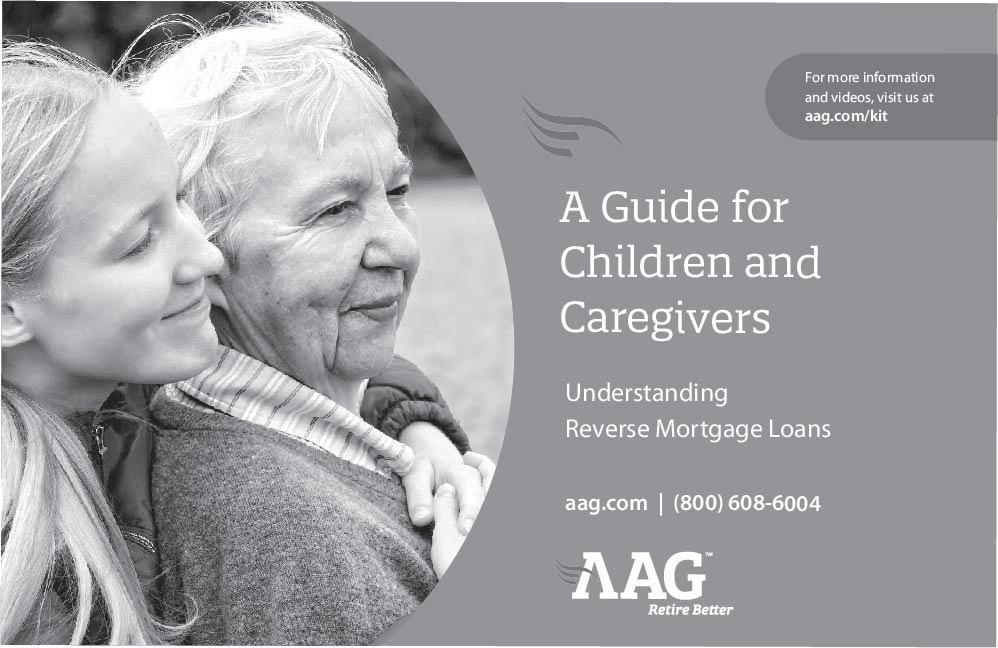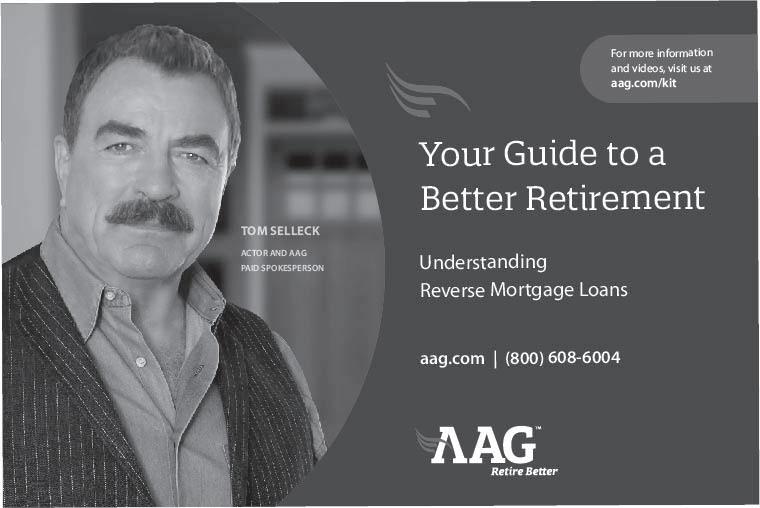
6 minute read
What’s Cooking?
What’s Cooking? Frozen Lemonade Pie
BY JAN D’ATRI
Lemon lovers, I’m about to take you on a pie high!
This frozen lemonade pie is just the right refreshing treat that’s perfect for a sizzling summer day in Arizona.
I was so excited about the lemony avor and creamy texture of this pie that I made one for my neighbor. A few hours later I got a text back. “Simply exquisite.” That’s pretty much how I felt when I tasted it, too!
Is it di cult to make? Does it take a lot of time? Do I need a lot of ingredients? No, no and de nitely no! Five ingredients and you’re there. Now, you do have to let it freeze for about six hours or overnight, but this pie is worth the wait!
The frozen lemonade pie has a graham cracker crust and three layers of lusciousness. I nd the store-bought graham cracker crust to be just ne, but if you have a recipe for a homemade version, that’s even better!
The rst layer is a smooth and creamy slather of softened vanilla ice cream, Cool Whip and thawed lemonade concentrate. The second layer is a tangy, eye-popping kick of lemon curd and Cool Whip.
The top layer is a repeat of the bottom, and the combination of the three is gorgeous and irresistible. Thankfully, you’ll nd fabulous varieties of lemon curd at the grocery store or you can make your own.
So, when you get overheated this summer and are looking for a refreshing relief in the form of a sweet treat, let a frozen lemonade come to your rescue.
JULY 3 & 4


CHASE FIELD
Frozen Lemonade Pie
Ingredients:
• 1 store-bought graham cracker crust • 1 quart vanilla ice cream, softened • 16-ounce container Cool Whip, thawed • 1 (12-ounce) container frozen lemonade concentrate, thawed • 2 (10-ounce) jars of lemon curd (20 ounces total) • Yellow gel food coloring
Directions:
In a large bowl, combine the quart of softened vanilla ice cream, 2 1/2 cups of thawed Cool Whip, and the thawed lemonade concentrate. Mix to fully combine.
Pour half of the mixture into the graham cracker crust to form the rst layer.
Place pie and the bowl with the remainder of the ice cream mixture in the freezer to hardened for one to two hours. Meanwhile, make the lemon curd mixture.
In another bowl, add remainder of the Cool Whip (2 1/2 cups), the lemon curd and 1/2 teaspoon of yellow gel food coloring. Mix to combine. When the pie has hardened, spread the lemon curd layer over the layer of ice cream mixture. Return to the freezer to harden, about one to two hours. When hardened, spoon the remainder of the frozen (slightly thawed) ice cream mixture over the lemon curd. Return to freezer for six hours or overnight. When ready to serve, slice and serve immediately.
- EDUCATIONAL ADVERTISEMENT There’s money buried in your backyard. And you don’t need a shovel to find it.
Learn how home equity can help you fund a better retirement.

It’s a well-known fact that for many older Americans, the home is their single biggest asset, often accounting for more than 45% of their total net worth. And with interest rates still near all-time lows while home values remain high, this combination creates the perfect dynamic for getting the most out of your built-up equity.
But, many aren’t taking advantage of this unprecedented period. According to new statistics from the mortgage industry, senior homeowners in the U.S. are now sitting on more than 8.05 trillion dollars* of unused home equity. Not only are people living longer than ever before, but there is also greater uncertainty in the ecomony. With home prices back up again, ignoring this “hidden wealth” may prove to be short sighted when looking for the best longterm outcome.
Request a FREE Info Kit & DVD Today! Call 800-791-4847 now.

All things considered, it’s not surprising that more than a million homeowners have already used a government-insured Home Equity Conversion Mortgage (HECM) loan to turn their home equity into extra cash for retirement.
It’s a fact: no monthly mortgage payments are required with a government-insured HECM loan; however the borrowers are still responsible for paying for the maintenance of their home, property taxes, homeowner’s insurance and, if required, their HOA fees.
Today, HECM loans are simply an effective way for homeowners 62 and older to get the extra cash they need to enjoy retirement.
Although today’s HECM loans have been improved to provide even greater financial protection for homeowners, there are still many misconceptions.
For example, a lot of people mistakenly believe the home must be paid off in full in order to qualify for a HECM loan, which is not the case. In fact, one key advantage of a HECM is that the proceeds will first be used to pay off any existing liens on the property, which frees up cash flow, a huge blessing for seniors living on a fixed income. Unfortunately, many senior homeowners who might be better off with a HECM loan don’t even bother to get more information because of rumors they’ve heard.
In fact, a recent survey by American Advisors Group (AAG), the nation’s number one HECM lender, found that over 98% of their clients are satisfied with their loans. While these special loans are not for everyone, they can be a real lifesaver for senior homeowners - especially in times like these.
The cash from a HECM loan can be used for almost any purpose. Other common uses include making home improvements, paying off medical bills or helping other family members. Some people simply need the extra cash for everyday expenses while others are now using it as a safety net for financial emergencies.
If you’re a homeowner age 62 or older, you owe it to yourself to learn more so that you can make the best decision - for your financial future.

We’re here and ready to help. Homeowners who are interested in learning more can request a FREE Reverse Mortgage Information Kit and DVD by calling toll-free at
800-791-4847
FREE
oved ones
Our new Reverse Mortgage information guides & DVD are now available featuring award-winning actor and paid AAG spokesman,
Tom Selleck.
U.S.A.’s #1 Reverse Mortgage Company
As Featured on:
ABC, CBS, CNN & Fox News
*https://finance.yahoo.com/news/senior-housing-wealth-exceeds-record-154300624.html
Reverse mortgage loan terms include occupying the home as your primary residence, maintaining the home, paying property taxes and homeowners insurance. Although these costs may be substantial, AAG does not establish an escrow account for these payments. However, a set-aside account can be set up for taxes and insurance, and in some cases may be required. Not all interest on a reverse mortgage is tax-deductible and to the extent that it is, such deduction is not available until the loan is partially or fully repaid. AAG charges an origination fee, mortgage insurance premium (where required by HUD), closing costs and servicing fees, rolled into the balance of the loan. AAG charges interest on the balance, which grows over time. When the last borrower or eligible non-borrowing spouse dies, sells the home, permanently moves out, or fails to comply with the loan terms, the loan becomes due and payable (and the property may become subject to foreclosure). When this happens, some or all of the equity in the property no longer belongs to the borrowers,
who may need to sell the home or otherwise repay the loan balance. V2020.12.22









